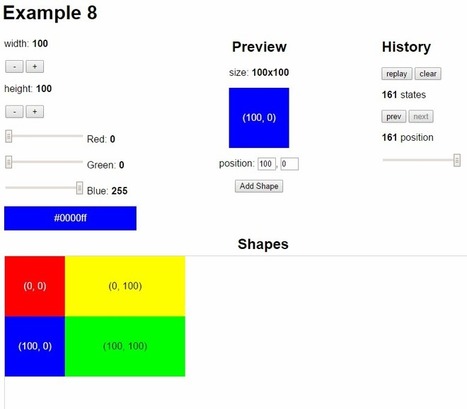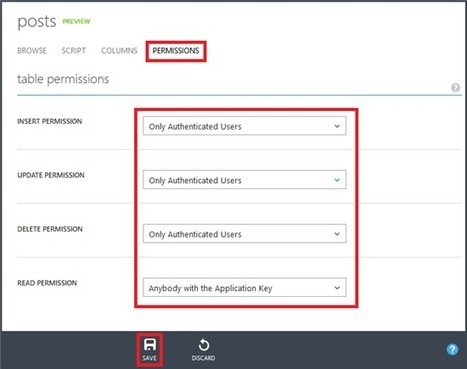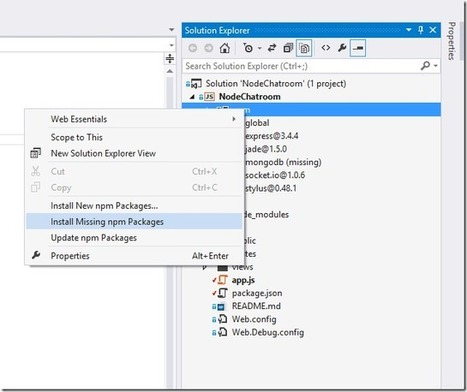This guide goes through setting up, running and exploring the ultimate JavaScript Stack du jour:
- TypeScript - Superset of JavaScript with optional typing, advanced language features and down-level ES5 support
- JSPM - JavaScript Package Manager supporting SystemJS modules and multiple npm and GitHub repositories
- TSD - Package manager to search and install TypeScript definition files
- React - Simple, high-performance JavaScript UI Framework utilizing a Virtual DOM and Reactive Data flows
- Redux - Predictable state manager for JavaScript Apps
Providing a great base for the development of large-scale, JavaScript Apps that's further enhanced by a great development experience within Visual Studio.




 Your new post is loading...
Your new post is loading...






















